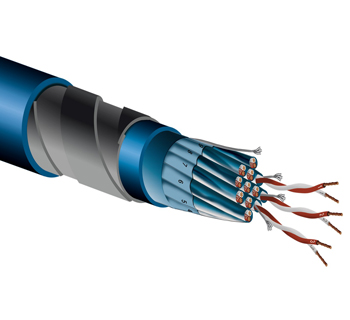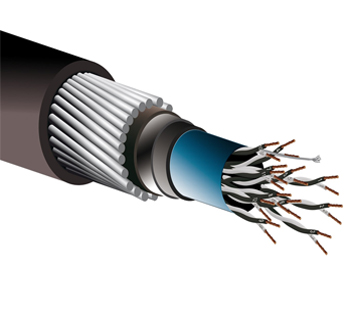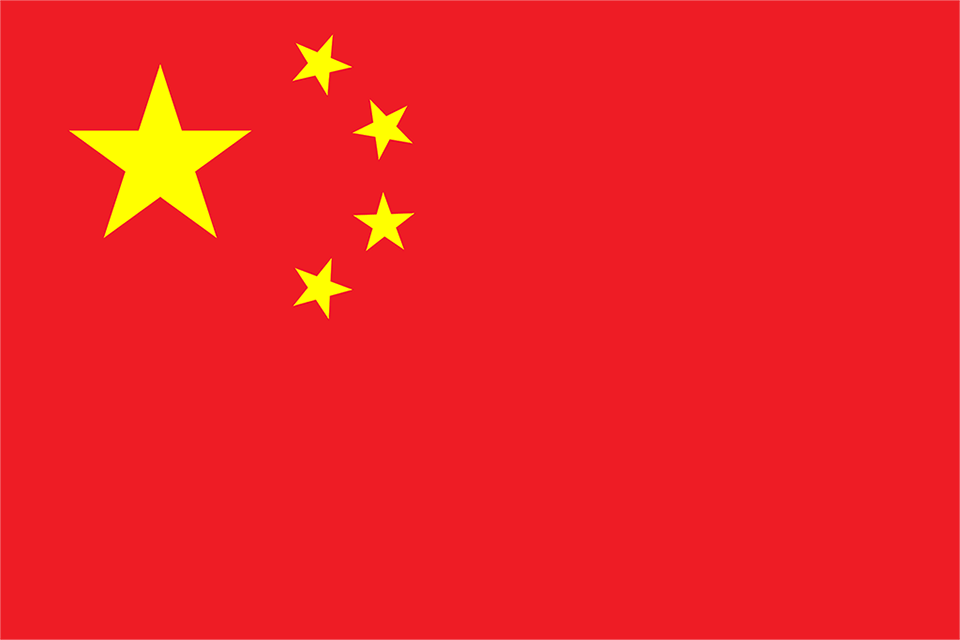Introduction to the types and characteristics of photovoltaic cables
Types, characteristics and laying methods of cables for photovoltaic power generation systems. The main types of photovoltaic power generation system cables are: photovoltaic special cables, control cables, power cables, communication cables, radio frequency cables
Photovoltaic special cable
Features: Photovoltaic cables have a simple structure. The polyolefin insulating material used has excellent heat resistance, cold resistance, oil resistance and ultraviolet resistance. It can be used in harsh environmental conditions and has a certain mechanical strength.
Laying: It can be protected by passing through the pipe, and the component bracket is used as the channel and fixing for cable laying to reduce the influence of environmental factors.
Control Cable
Copper core PVC insulated PVC sheathed braided shielded control cable. Applicable to the control, monitoring circuit and protection circuit of AC rated voltage 450/750V and below.
Features: The long-term allowable use temperature is 70 ℃. The minimum bending radius radius is not less than 6 times the outer diameter.
Laying: It is generally laid in fixed places where shielding and flame retardant are required, such as indoors, cable trenches, pipelines, etc.

Power cable
Steel tape armored flame retardant cross-linked cable is widely used in: connecting cable from combiner box to DC cabinet, DC cabinet to inverter, inverter to transformer, transformer to power distribution device, power distribution device to power grid connecting cables.
The more common nominal power cable cross sections in photovoltaic power generation systems are: 2.5mm2, 4mm2, 6mm2, 10mm2, 16mm2, 25mm2, 35mm2, 50mm2, 70mm2, 95mm2, 120mm2, 150mm2, 185mm2, 240mm2, 300mm2.
Features:
The texture is hard, the temperature resistance level is 90 °C, it is easy to use, and it has the characteristics of low dielectric loss, chemical corrosion resistance and no drop limit for laying.
It has high mechanical strength, good resistance to environmental stress, good thermal aging properties and electrical properties.
Laying: It can be directly buried, suitable for fixed laying, and adapt to the needs of different laying environments (underground, water, trenches and tunnels).
Copper core PVC insulated PVC sheathed fire resistant power cable. Suitable for rated voltage 0.6/1KV.
Use characteristics: long-term allowable working temperature is 80 ℃. Allowable bending radius when laying: single-core cable not less than 20 times the outer diameter of the cable, multi-core cable not less than 12 times the outer diameter of the cable. The cable does not need to be preheated under the condition that the ambient temperature is not lower than 0 degrees Celsius when laying. The voltage laying is not limited by the drop.
Laying: It is suitable for occasions with fire resistance requirements, and can be laid indoors, in tunnels and trenches. Note that it cannot withstand the action of mechanical external force, and can be directly buried in the ground.
Communication Cable
Polyethylene insulated PVC sheathed copper wire braided shielded armored soft cable for computer, suitable for electronic computer and automation connection cables with a rated voltage of 500V and below with high requirements for anti-interference.
Features: The instrumentation cable has the characteristics of anti-oxidation, high insulation resistance, good withstand voltage and small dielectric coefficient. While ensuring the service life, it can also reduce the mutual crosstalk and external interference between circuits, and the signal transmission quality is high. The minimum bending radius is not less than 12 times the outer diameter of the cable.
-
Laying: The instrumentation cable is allowed to be fixedly laid and used under the condition of ambient temperature -40℃~50℃. Lay it indoors, in cable trenches, pipelines and other places that require electrostatic shielding.

Copper core PVC insulated PVC sheathed insulated shielded flexible cable, also known as electrical connection anti-interference flexible cable, is a communication cable suitable for alarm, security and other needs to prevent interference, safe and efficient data transmission.
Features: The rated working voltage is 3.6/6KV, the long-term working temperature of the cable conductor is 90℃, and the minimum allowable bending radius is 6 times the outer diameter of the cable. Mainly used for communication cable, play the role of anti-interference. Laying: RVVP cables cannot be exposed to sunlight, and the bottom core must be well grounded. If it is necessary to suppress the weak current circuit communication cable of the electrical interference intensity, lay it in a steel pipe or box. When laying parallel to the power cable, the distance from each other should be kept as far away as possible.
RF cable
Solid Core PE Insulated PVC Sheathed RF Coaxial Cable
Features: The commonly used video cables in monitoring are mainly SYV75-3 and SYV75-5. If you want to transmit video signals within 200 meters, you can use SYV75-3, and if you want to transmit video signals within 350 meters, you can use SYV75-5.
Laying: It can be laid through pipes.
 中文
中文 







